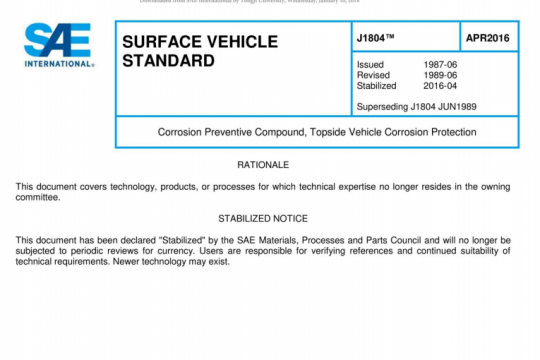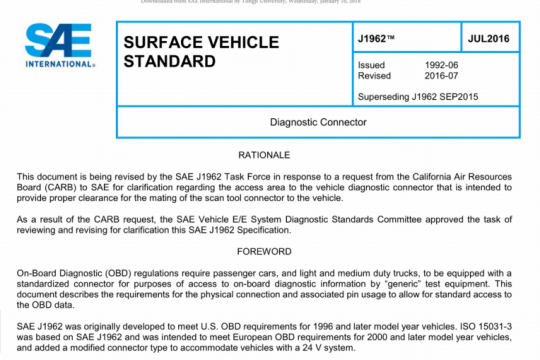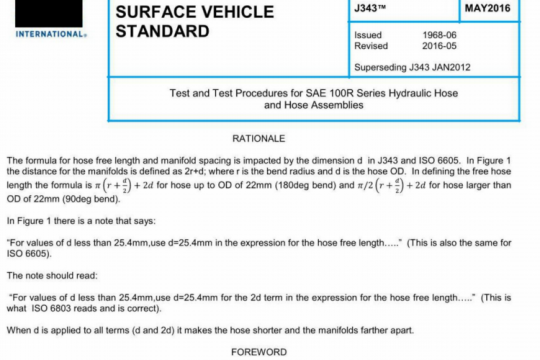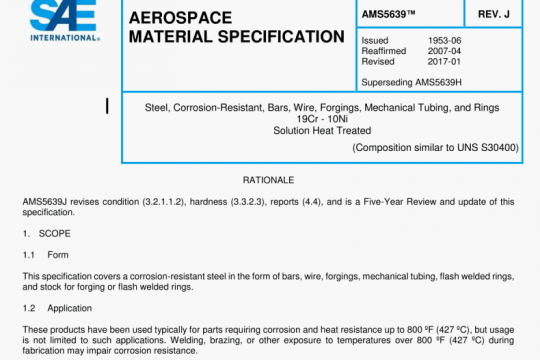SAE J461:2018 pdf free
SAE J461:2018 pdf free.Wrought and Cast Copper Alloys
Types of Wrought Copper– Copper UNS Nos. C11000, C11100, C11300, C11400, C11500, and C1 1600 ‘are either electrolytically or fire-refined, cast in the form of refinery shapes, containing a controlled amount of oxygen for the purpose of obtaining a level set on the top of the casting. It generally contains 0.01-0.04% oxygen, which exists as a coppercuprous oxide eutectic surrounding the crystals of copper. Within these limits, the oxygen has only a very slight effect on the electrical, mechanical, and physical properties of copper.
Because of the oxidizing effect of oxygen on impurities, its presence in copper indicates a reduction or elimination of certain impurities which would otherwise have adverse effects on conductivity. Copper UNS No. C10200 is electrolytically refined and specially produced to be free from cuprous oxide although it is made without the use of residual metallic or metalloidal deoxidizers. Because of its freedom from residual deoxidizers, it has high electrical conductivity.
Copper UNS Nos. C12000 and C12200 are cast in the form of refinery shapes, free from cuprous oxide,produced through the use of metallic or metalloidal deoxidizers. Because it is necessary to use some excess of reducing agent, the electrical and thermal conductivity of the copper is lowered, and this fact should be considered when high conductivity is needed.
Copper UNS Nos. C10200, C1 2000 and C12200 possess only slightly different mechanical properties from the C11XXX types. They differ lttle in respect to tensile strength when cold worked to similar extents, but do have somewhat higher ductility and also are not normally subject to hydrogen embritlement.
Electrical Conductivity- The greatest single area of use for copper itself results from the high electrical conductity of the metal. The combination of the property of high electrical conductivity with ease of forming and high corrosion resistance makes copper the preferred material for current-carrying members. The conductivity of copper for electrical conductors is 101% IACS (see Table 2) in the annealed or soft condition.The tensile strength of the soft copper, 220 MPa (32 ksi) can be increased to 345/380 MPa (50/55 ksi) by cold rolling, in which condition the electrical conductivity is decreased to about 97%. Heating such copper above 200 °C for an extended period of time will soften it to a tensile strength of 205/240 MPa (30/35 ksi).SAE J461 pdf free download.




